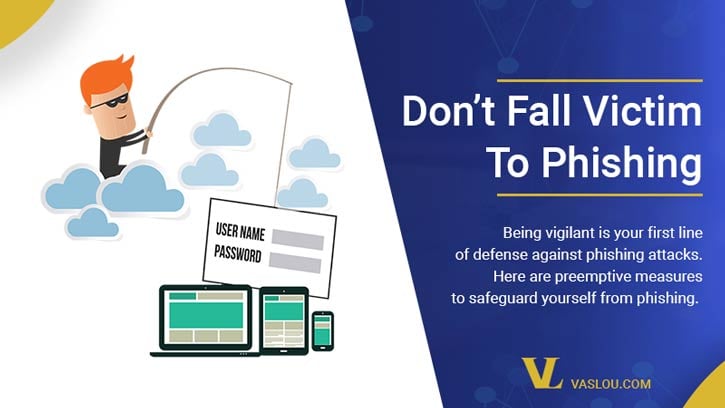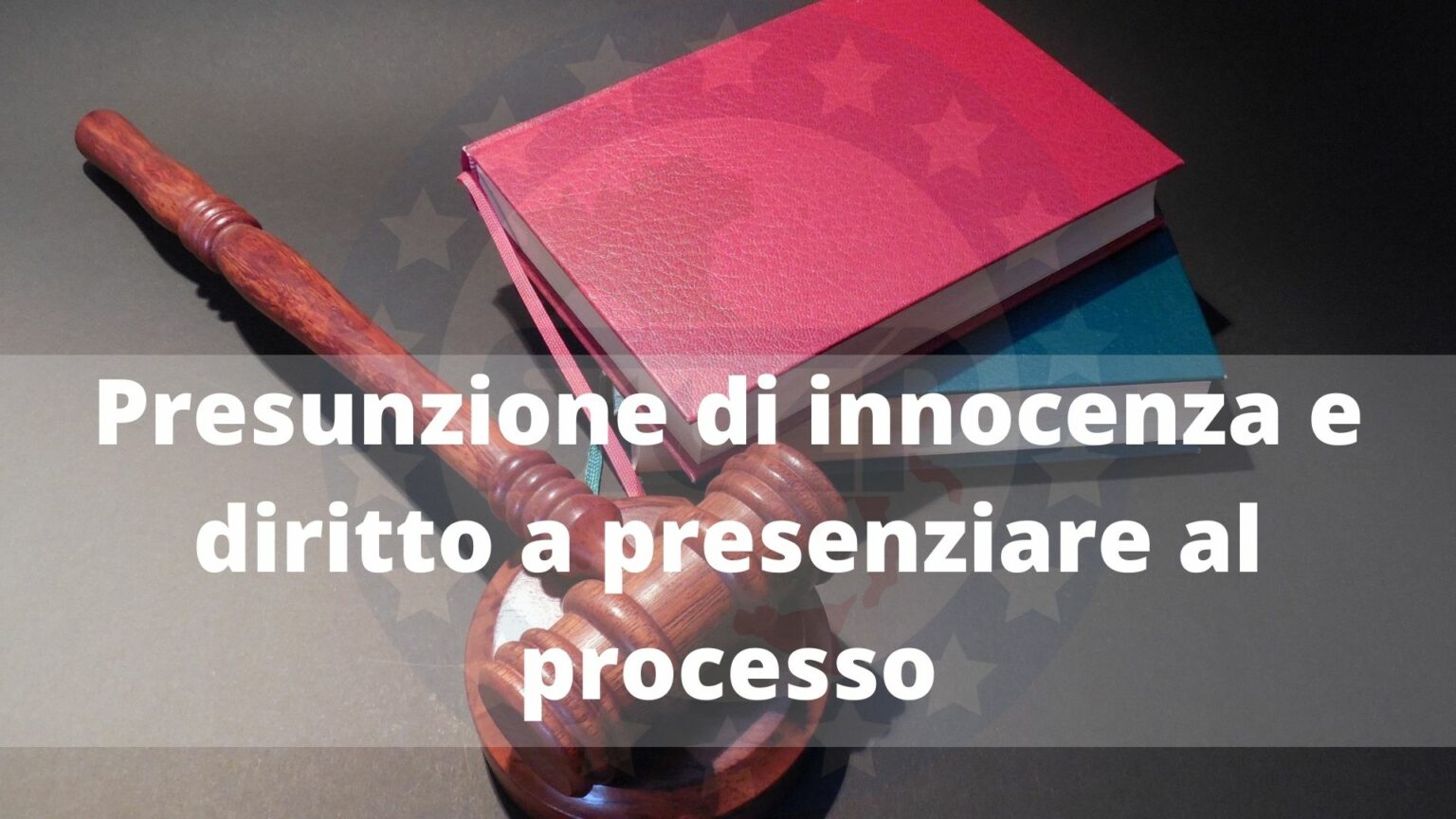Don't Fall Victim: Identifying And Avoiding Fake Steven Bartlett Content

Table of Contents
Identifying Fake Social Media Accounts
The first line of defense against fake content is recognizing fraudulent social media accounts. Here's how:
Look for Verification Badges
Legitimate accounts of prominent figures like Steven Bartlett usually have verification badges. These badges vary across platforms:
- Instagram: A blue checkmark next to the account name.
- Twitter (now X): A blue checkmark (though the system has changed recently, so be extra cautious).
- YouTube: A gray checkmark next to the channel name.
- TikTok: A blue checkmark next to the profile name.
The absence of a verification badge doesn't automatically mean an account is fake, but it should raise your suspicion, especially if the account claims to be official.
Analyze Content Quality
Authentic Steven Bartlett content maintains a consistent brand image and high-quality production. Fake accounts often exhibit these red flags:
- Poor grammar and spelling: Typos and grammatical errors are common giveaways.
- Inconsistent branding: Logos, fonts, and overall style may differ significantly from his official channels.
- Low-quality images and videos: Pixelated images and blurry videos suggest a lack of professionalism.
- Suspicious links and calls to action: Beware of links leading to unknown websites or requests for personal information or money.
- Overly promotional or spammy posts: Frequent, aggressive promotions of products or services are suspect.
Check Follower Count & Engagement
Scrutinize the follower count and engagement rate. An unusually high follower count with minimal likes or comments is a potential red flag. Conversely, a low follower count for an account claiming to be official is also suspicious. Look at the ratio of followers to likes/comments – a significant disparity is a warning sign.
Reverse Image Search
If you encounter an image or video supposedly from Steven Bartlett, use a reverse image search (Google Images, TinEye) to verify its source. This will reveal if the image or video has been stolen from a legitimate source.
Spotting Fake Websites and Blogs
Beyond social media, fraudulent websites and blogs posing as official Steven Bartlett resources proliferate online.
Check the Domain Name
Carefully examine the website's domain name. Typosquatting (using similar-sounding domain names) is a common tactic. Look for:
- Suspicious URLs: Unfamiliar top-level domains (TLDs) like
.netor.xyzinstead of.comshould raise concerns. - Slight misspellings: Watch out for domains that subtly misspell "Steven Bartlett" or use similar variations.
Analyze Website Design and Content
Fake websites often lack professionalism:
- Poor website design: Cluttered layouts, unprofessional graphics, and broken links are common signs.
- Grammatical errors and poor writing: Similar to social media, poor quality writing is a major red flag.
- Lack of credible information: Absence of detailed "About Us" sections or contact information is suspicious.
Verify Contact Information
Legitimate websites provide clear contact information:
- Email addresses: Check if the email address appears professional and related to the website's domain.
- Physical addresses: The presence of a physical address increases credibility, though not all legitimate businesses will have one publicly listed.
- Absence of contact details: A website lacking any form of contact information is a significant red flag.
Recognizing Fake Courses and Products
Many scams involve fake online courses and products supposedly endorsed or created by Steven Bartlett.
Look for Official Channels
Legitimate courses and products are announced on official Steven Bartlett channels, including his website and verified social media accounts. If you come across a course or product not promoted through official channels, approach it with extreme caution.
Research Testimonials and Reviews
Don't solely rely on testimonials found on the selling platform. Search for independent reviews on trusted sites.
Beware of Guarantees that are Too Good to Be True
Promises of overnight riches or unrealistic success should be treated with deep skepticism. These are common tactics used in fraudulent schemes.
Check for Secure Payment Gateways
Always ensure the website uses a secure payment gateway (look for "https" and a padlock symbol in the address bar) before making any online transactions.
What to Do if You Encounter Fake Steven Bartlett Content
If you encounter fake content, take these steps:
Report the Content
Report fake accounts and websites to the relevant platforms (Instagram, Twitter, Facebook, YouTube, etc.). Most platforms have reporting mechanisms to flag suspicious content.
Warn Others
Share this information with your network to help others avoid similar scams. Spreading awareness is crucial.
Stay Vigilant
The online landscape is constantly evolving, so maintaining vigilance is essential. Continuously update your knowledge of spotting online scams.
Protecting Yourself from Fake Steven Bartlett Content
Identifying and avoiding "Fake Steven Bartlett Content" requires a critical approach to online information. Remember to always verify information across multiple sources, check for verification badges, analyze content quality, and be wary of promises that sound too good to be true. Apply these techniques not only to protect yourself from fake Steven Bartlett content but also to safeguard yourself from other online scams targeting influencers and public figures. Share this article to spread awareness and help others avoid falling victim to deceptive online content. Stay vigilant and protect yourself from fake content!

Featured Posts
-
 A Dallas Legend Passes Remembering The 80s Tv Icon
May 01, 2025
A Dallas Legend Passes Remembering The 80s Tv Icon
May 01, 2025 -
 Stock Market News Dow Futures Earnings Reports And Market Outlook
May 01, 2025
Stock Market News Dow Futures Earnings Reports And Market Outlook
May 01, 2025 -
 Brtanwy Parlymnt Ka Kshmyr Ke Msyle Ke Hl Ky Hmayt Myn Wadh Mwqf
May 01, 2025
Brtanwy Parlymnt Ka Kshmyr Ke Msyle Ke Hl Ky Hmayt Myn Wadh Mwqf
May 01, 2025 -
 Appello Becciu Data Inizio Processo E Affermazione Di Innocenza
May 01, 2025
Appello Becciu Data Inizio Processo E Affermazione Di Innocenza
May 01, 2025 -
 Former Ftc Commissioners Battle For Their Jobs
May 01, 2025
Former Ftc Commissioners Battle For Their Jobs
May 01, 2025
